Search
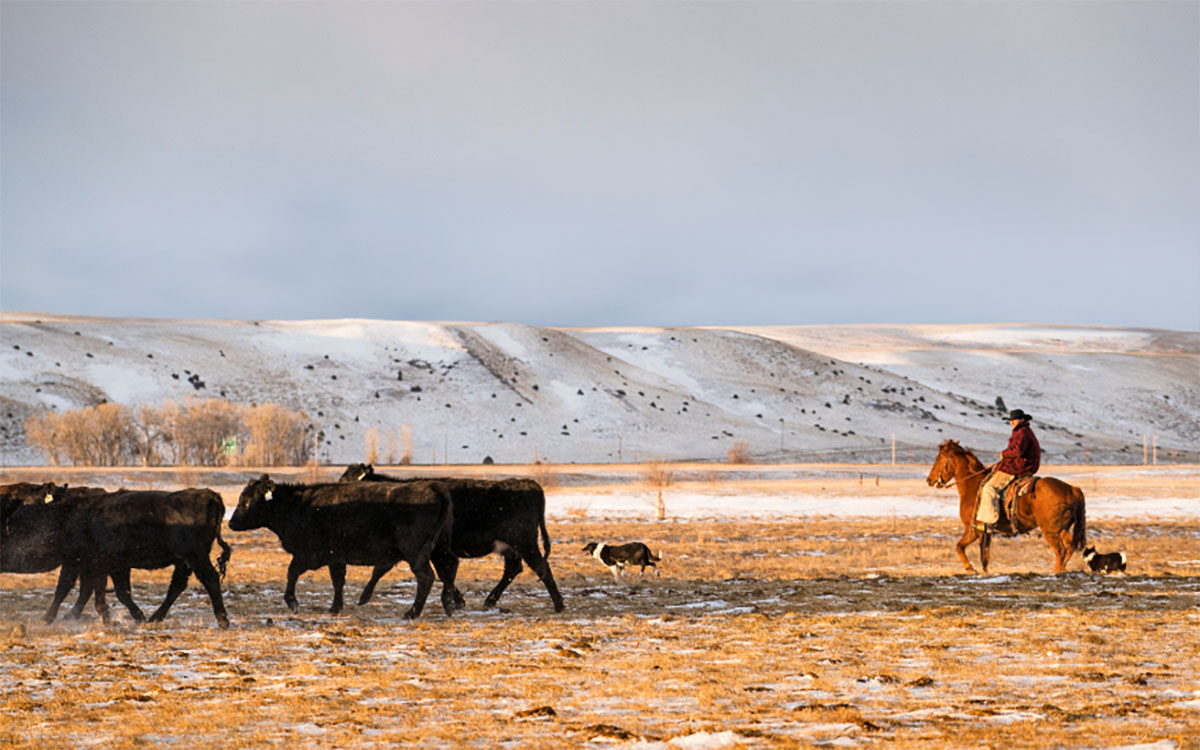
Preparing for Spring Grazing After a Dry Fall: Strategies for Ranchers
A dry fall presents significant challenges, but it also offers an opportunity to implement proactive and adaptive management strategies.
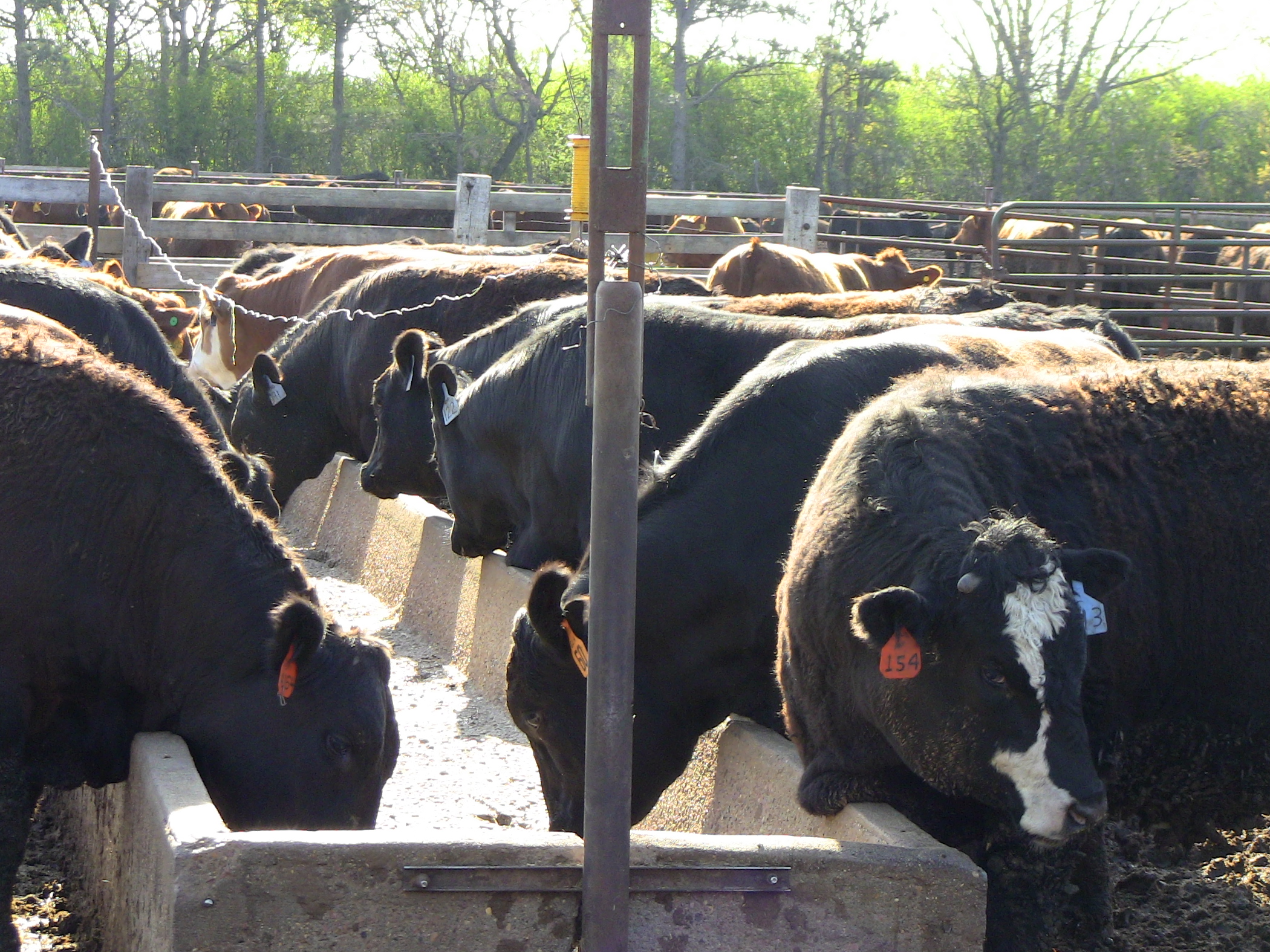
Neospora-Positive Status: Impact on heifers/cows and their calves
Neospora caninum is a protozoal germ that has the potential to affect reproduction in beef and dairy herds. Neospora-related reproductive problems can arise from two different kinds of infected cattle: 1) cows or heifers that became infected by eating contaminated feed, and 2) cows or heifers that were born with Neospora and pass it on to their offspring in utero.
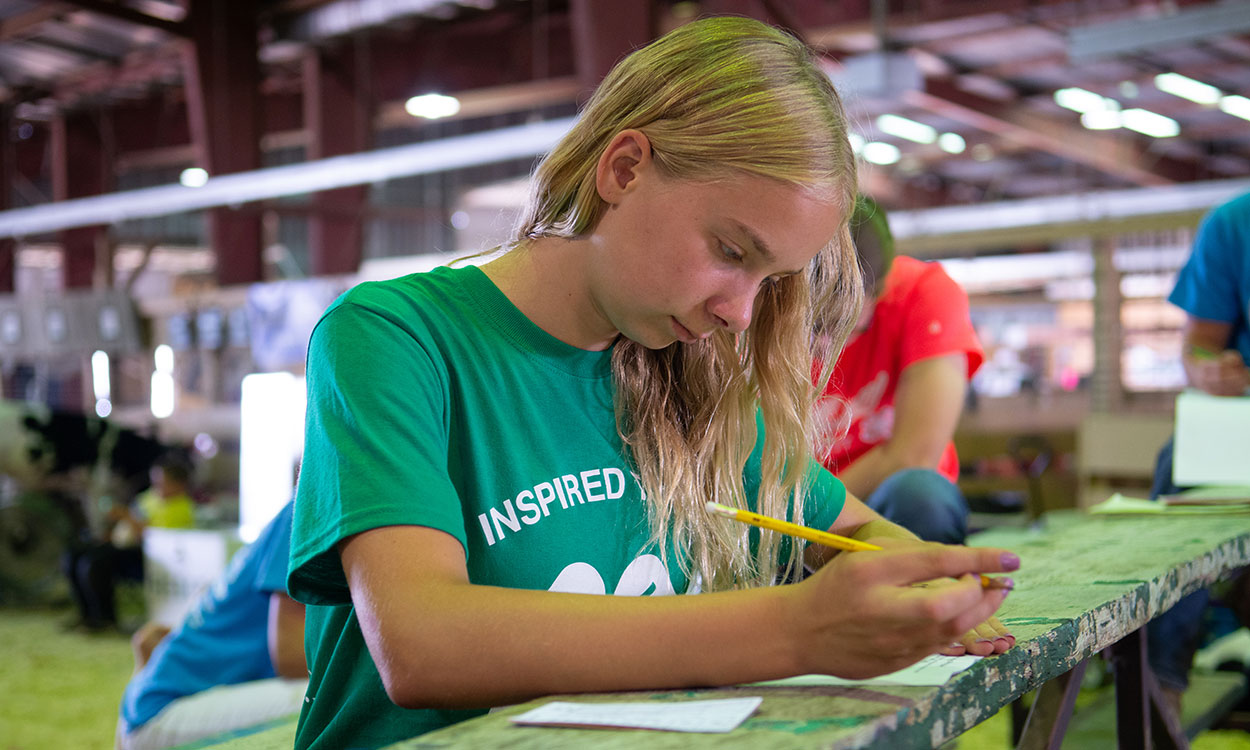
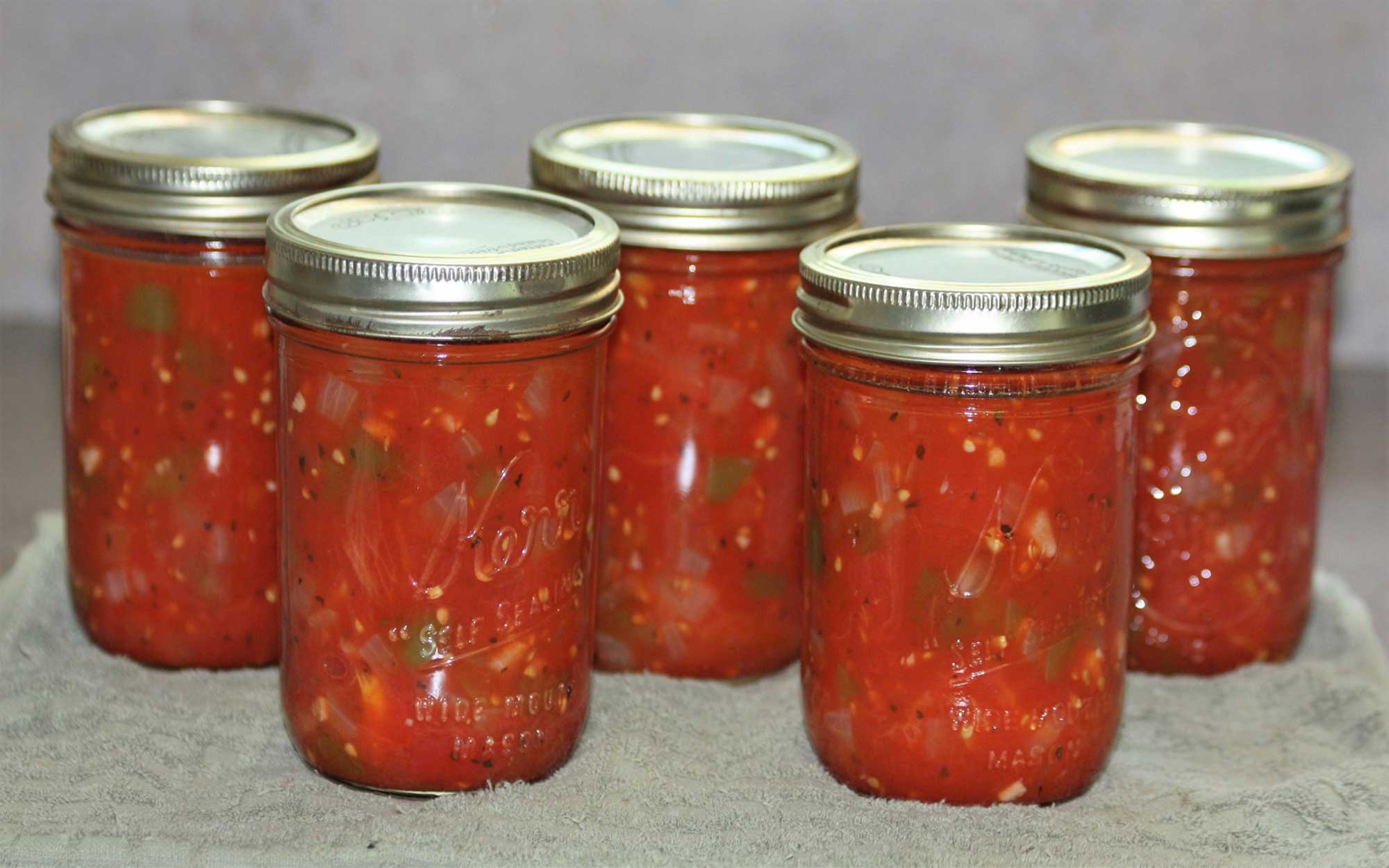
Canned Tomato Salsa
Try this research-tested recipe for canned tomato salsa courtesy of the National Center for Home Food Preservation.
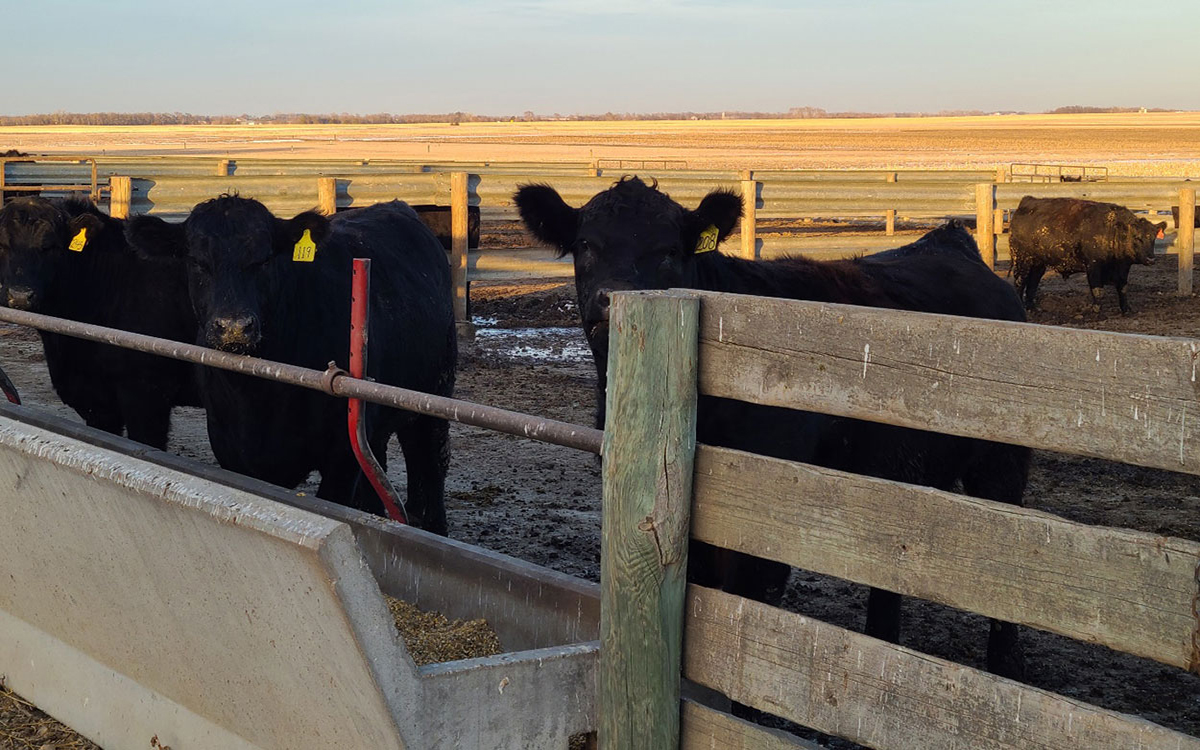
Cattle Feeding Challenges
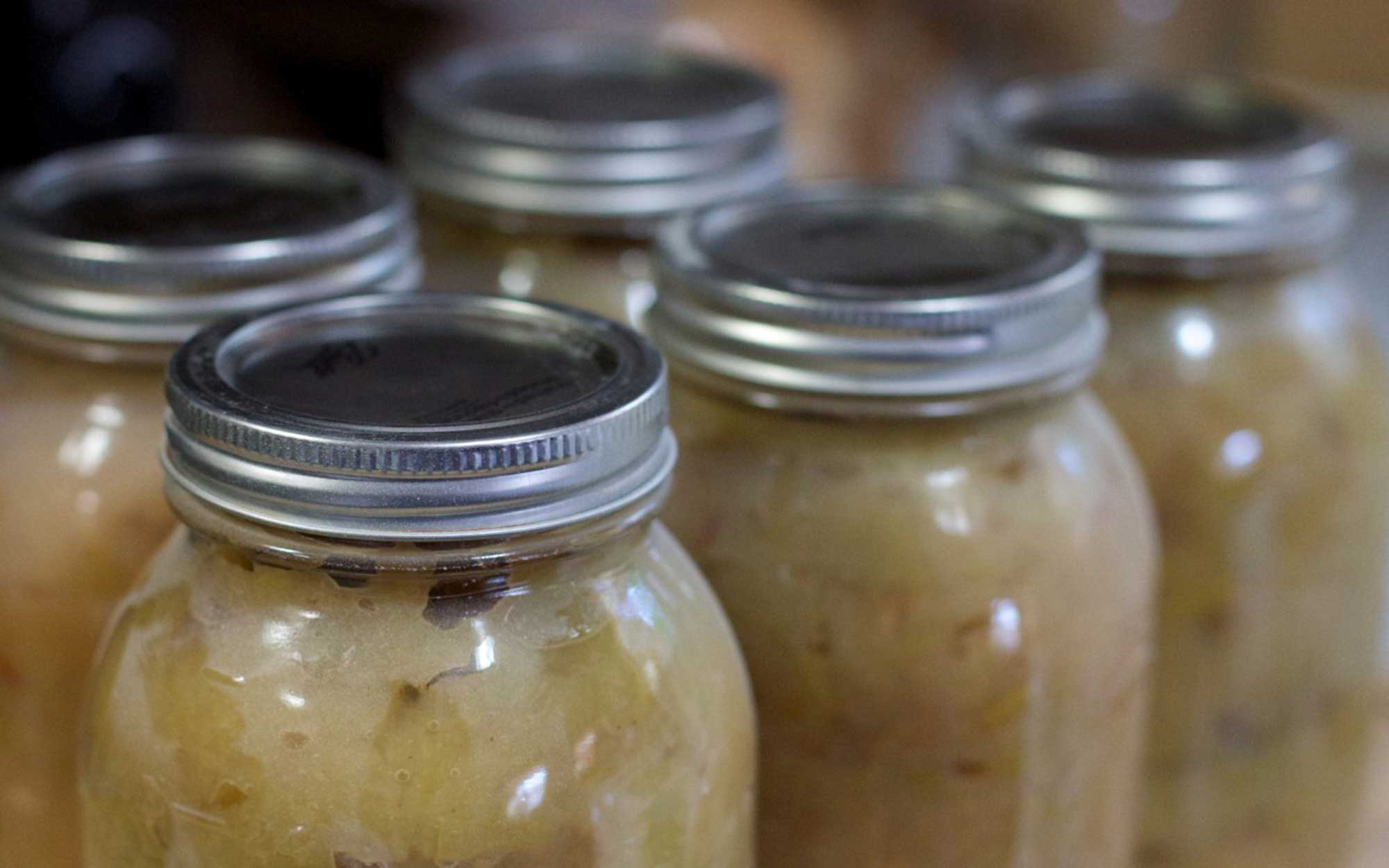
Canned Applesauce
Try this research-tested recipe for canned applesauce courtesy of the National Center for Home Food Preservation.
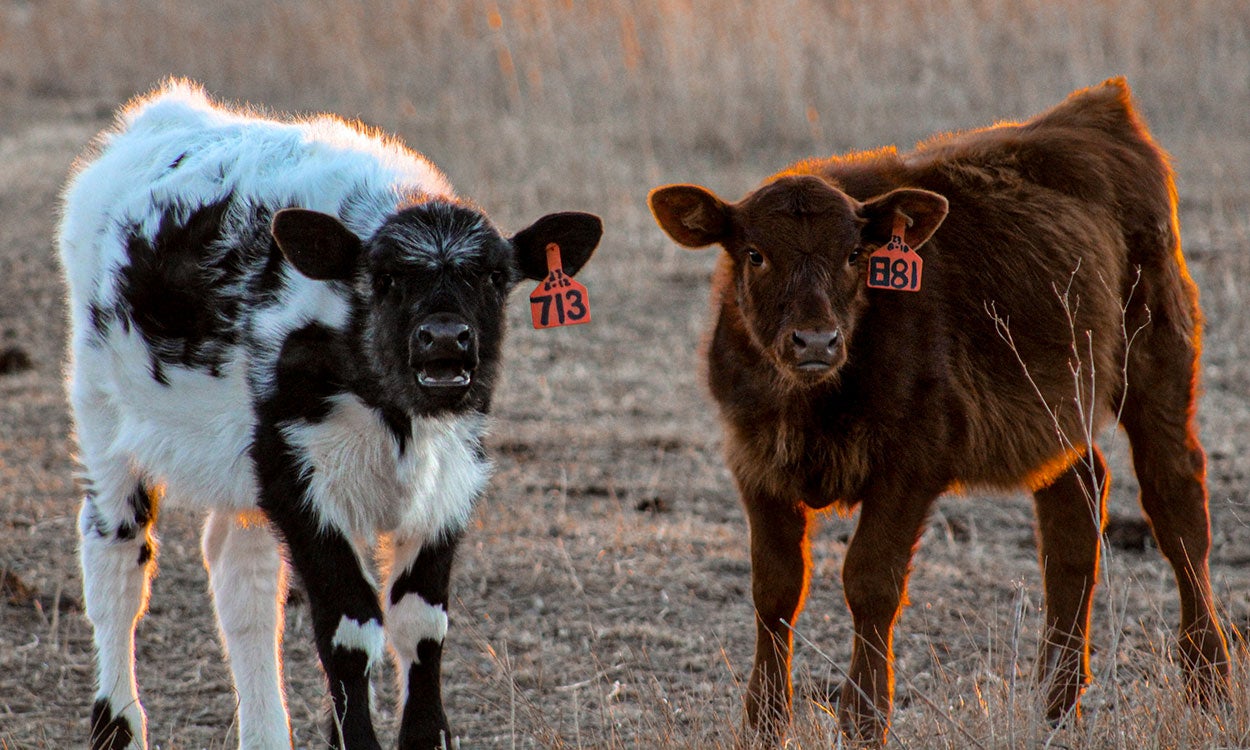
Combatting Drought Conditions With Early Weaning
Producers experiencing drought conditions should consider early weaning to reduce fall grazing pressure and facilitate some pasture recovery before dormancy.
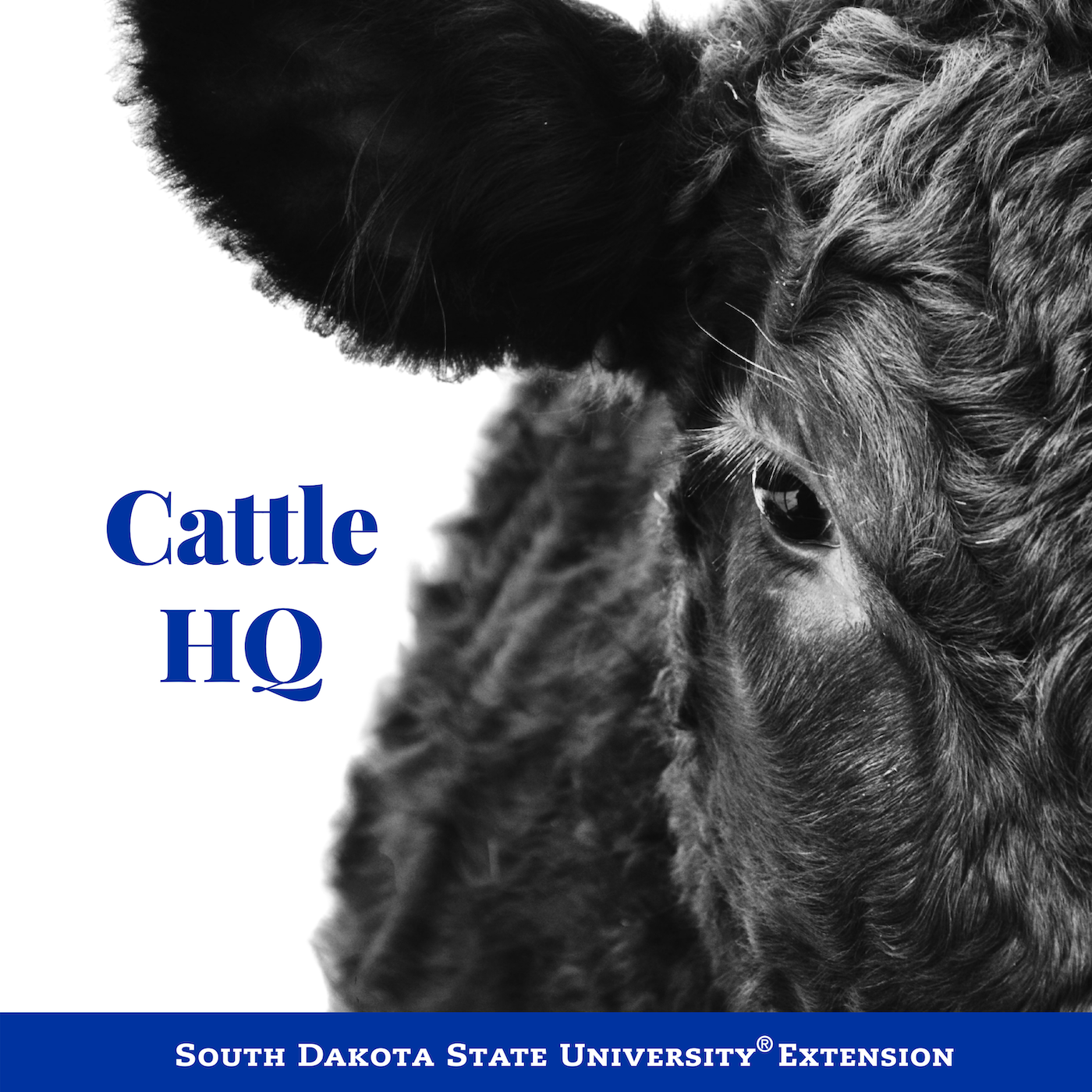
Grazing Smart Following Dry Fall and Winter Seasons
In this episode of Cattle HQ, Madison Kovarna sits down with her colleagues from SDSU Kaylee Wheeler, an Extension Range Field Specialist, and Dr. Krista Ehlert, an Assistant Professor and Extension Range Specialist.
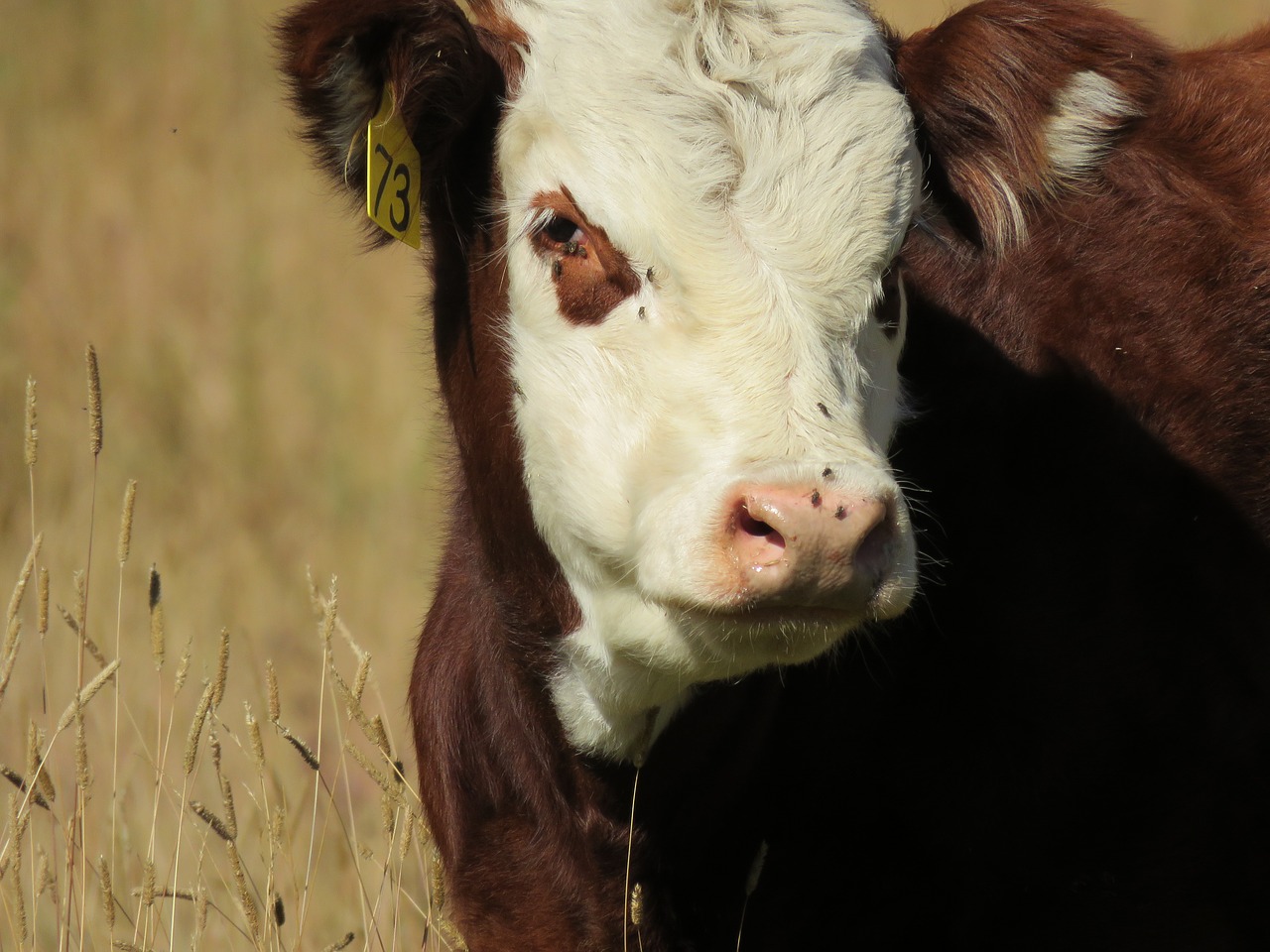
The Different Sides of Pinkeye Treatment
Pinkeye (or infectious keratoconjunctivitis) is a scourge that most cattle operations will deal with at some point. Regardless of the type of cattle affected or time of year, prevention always beats treatment.
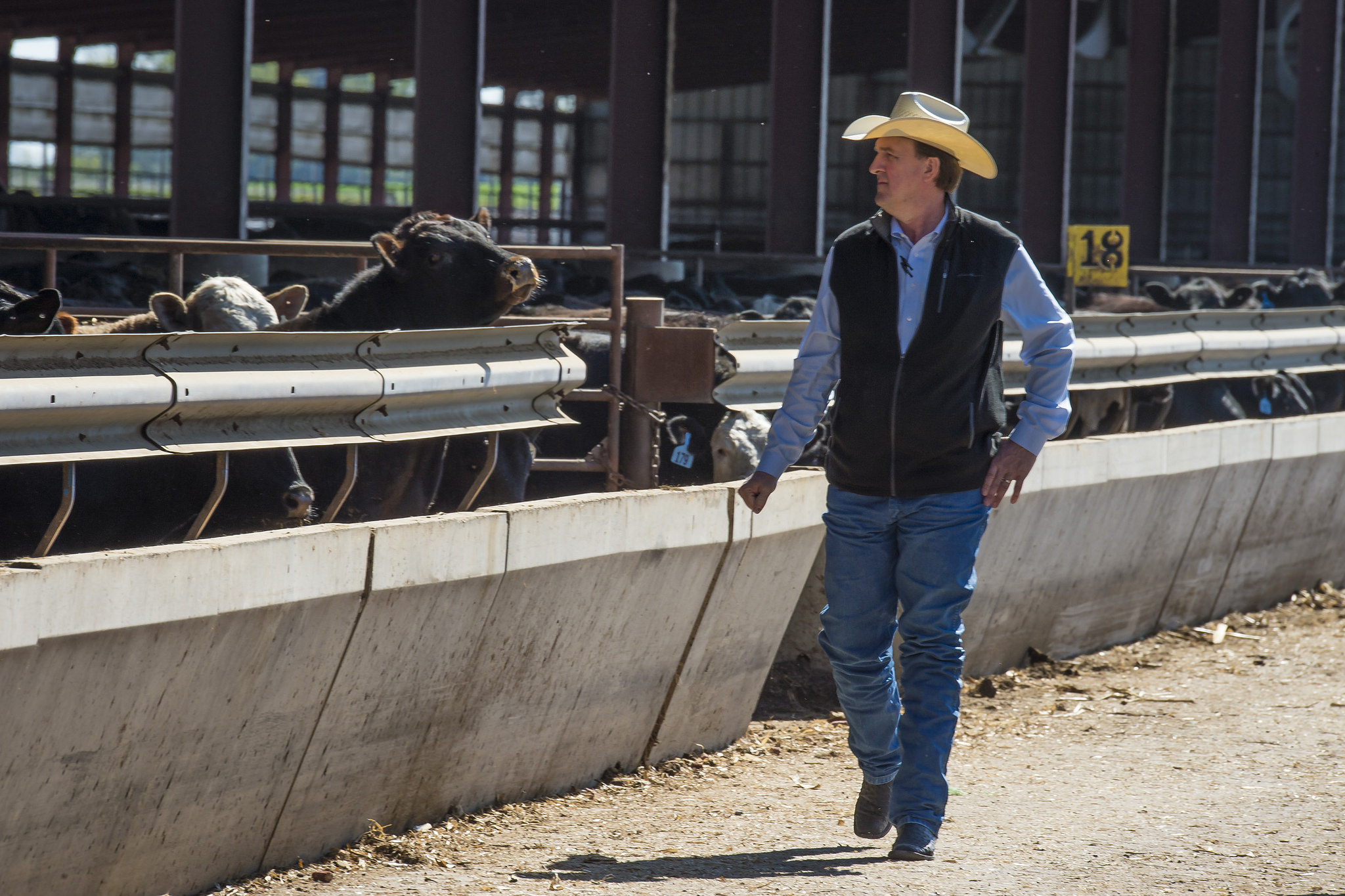
Feed Bunk Management
A successful slick bunk feeding program matches dry matter intake (DMI) to the cattle’s appetite as closely as possible and keeps DMI consistent from day-to-day.